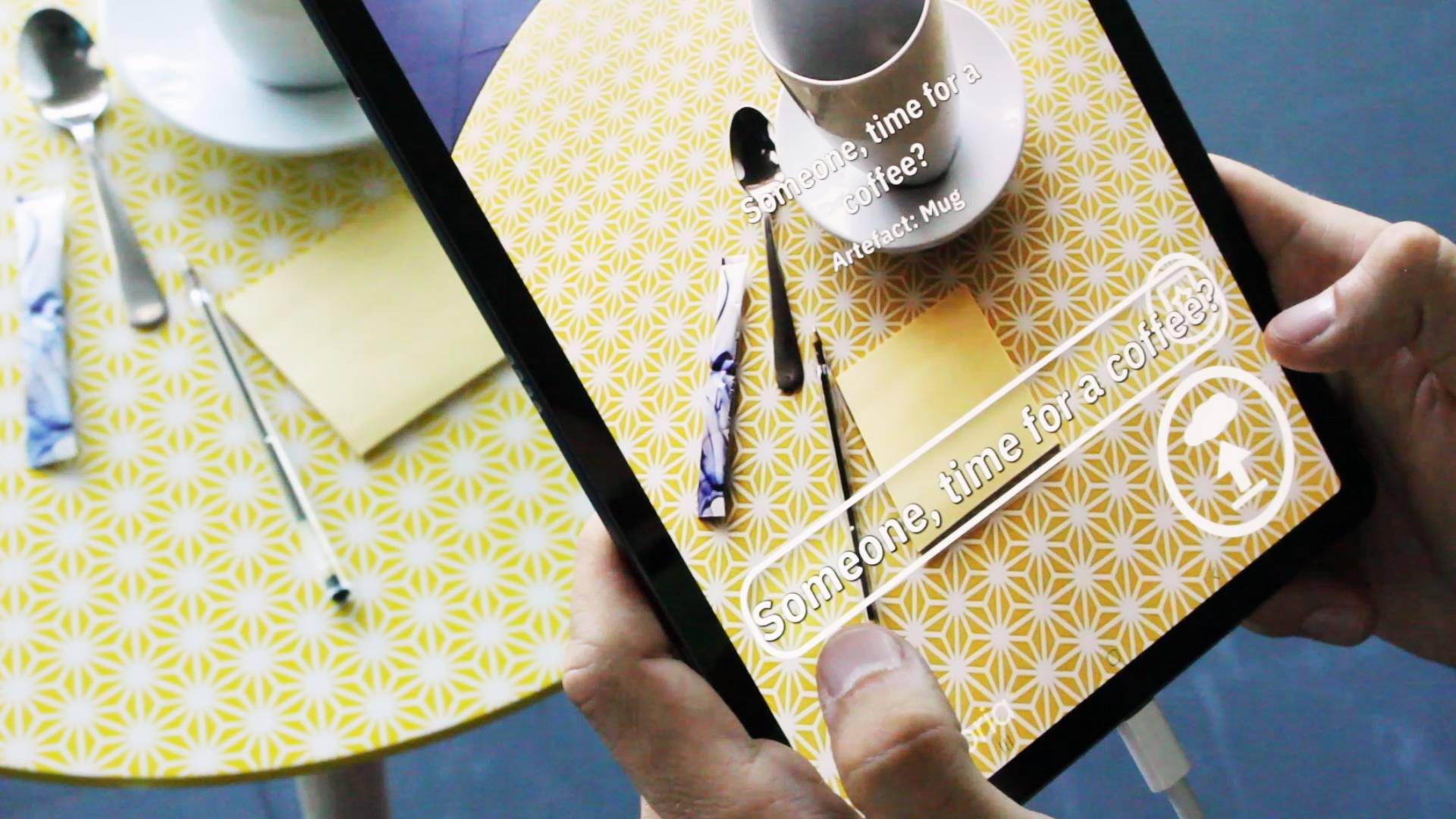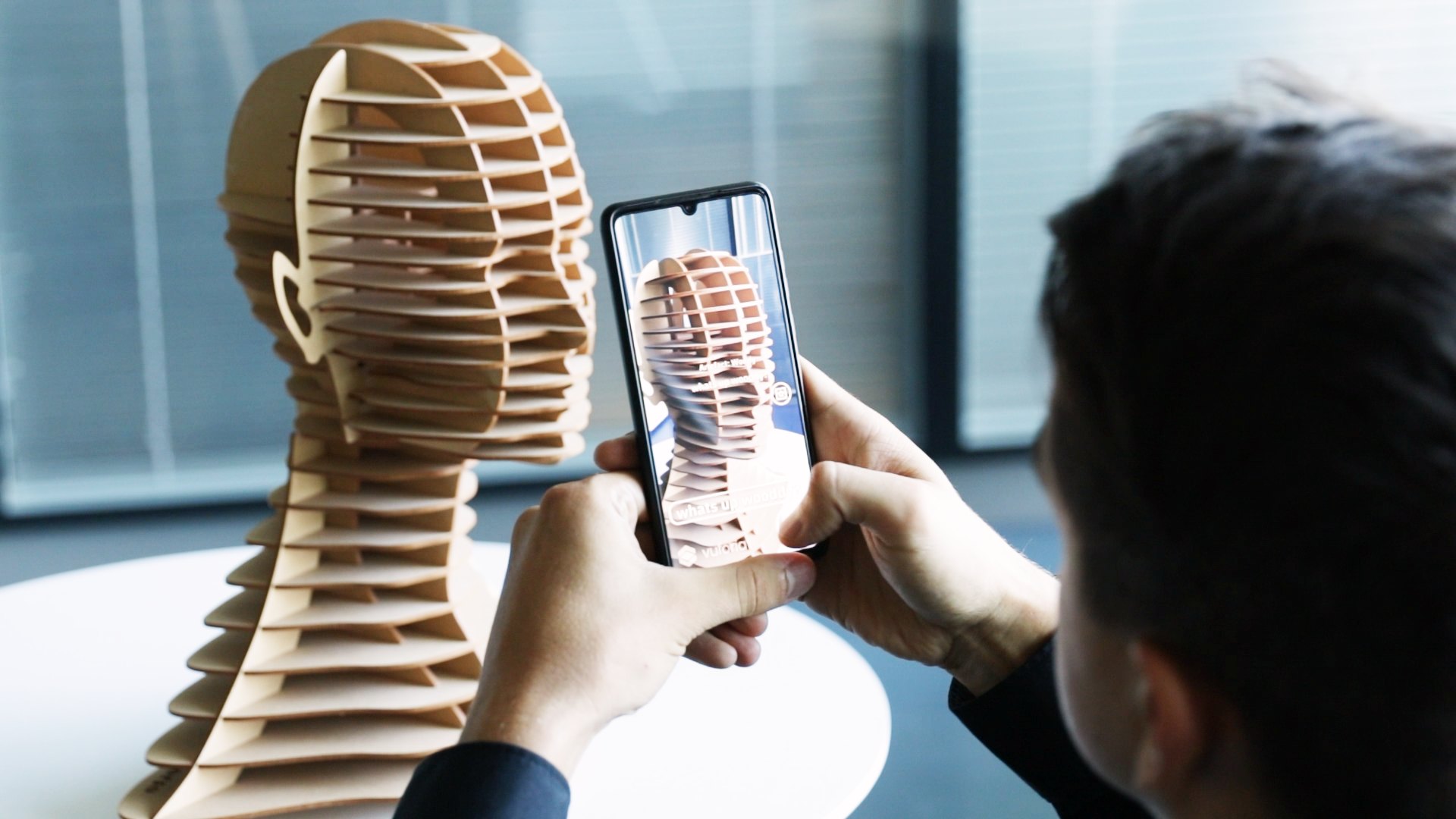Spotless’s goal is to empower users to utilize arbitrary objects as communication channels. The basic concept is to connect objects or “artifacts” by the means of their visual equality.
For instance: You go to your office in the morning and get a cup of coffee or tea. With Spotless, you can pin a message on the cup and read other users’ messages simultaneously. A message added to that cup becomes visible on all other cups which look the same. Visually clearly distinguishable cups — perhaps distinctively branded by your company — would serve as a communication channel for a very limited group of people. However, lots of people would comment on simple white mugs. A mobile application which could run on a smartphone, tablet, smart glass, or in the future on smart contact lenses, is the entry point to the Spotless infrastructure.
Older widespread platforms, such as Facebook or Twitter, and younger ones, like Snapchat or Tik-Tok, have one important aspect in common: quick access to their contents. Usually, users are just one tap on their smartphone away from diving into some kind of information stream; one more swipe changes the contents. This low barrier plus notifications that remind you to perform that simple tap foster a frequent and unconscious use. This is where Spotless is different: people need the physical object to interact with one specific stream or channel within this social medium. That barrier is considered a positive feature for two reasons: First, the interaction with that type of social media becomes a more deliberate act — this can help to regulate the time and energy spent using it. And second, because a higher effort is involved, it provides the potential to emphasize a message. Objects can grow to icons that symbolically represent a specific cause. A wide range of potential use cases emerges with the development of this service. One possibility is communication through common objects, such as the coffee cup example earlier in this text. If someone in Los Angeles writes down her thoughts on a cup, others in Vienna or Tokyo, holding the same type of cup, can instantly read that message and respond via the same channel. Everything can be augmented.
It could be logos, buildings, all kinds of daily items such as the packaging of your favorite soft drink, and even faces. Of course, unlike product packaging, buildings and faces tend to be unique. Nevertheless, they can be augmented and information can be shared on them. The augmentation of faces in particular raises questions about privacy and intimacy.
These questions are not new within the realm of social media but become apparent in a very tangible way. However, the vision is simple: Everyone can augment every kind of object and pattern.
Credits
Daniel Rammer
Spotless is a winner project of the 2020 Ars Electronica Futurelab Ideas Expedition


